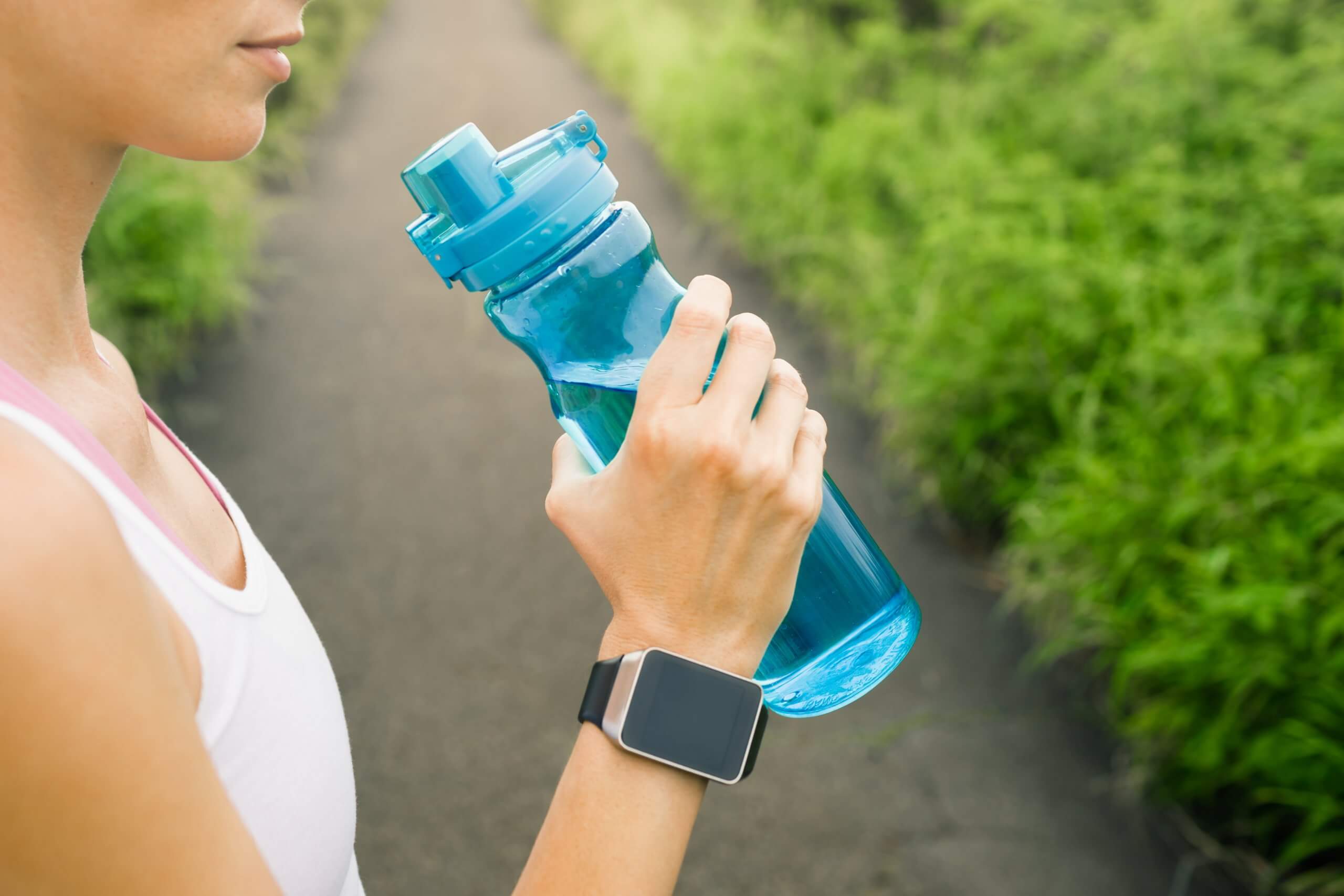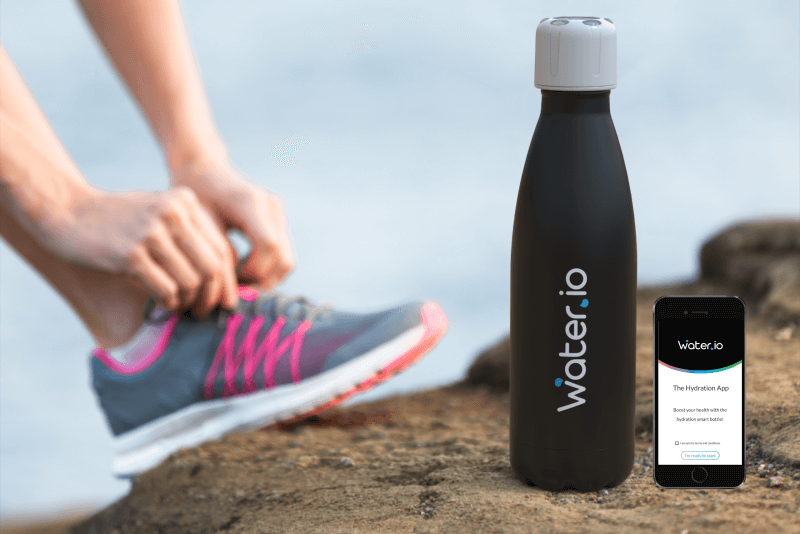RFID, or radio frequency identification, is a technology that allows unique tags placed on products to be read by a compatible reader. Generally, the reader can read the tag from up to a few feet away and does not need to be in the direct path of the tag.
RFID is used to help locate items in the shipping or storage process, so they can be easily found and accessed by shippers, manufactures, or people in retail stores. The reader is able to read the special information unique to each tag and relay that information back to a computer program designed to collect and interpret the information. That information can then be read by a human and they can use said information for whatever purpose they need.
Although this may seem like a new type of technology, it has actually been in use as far back as the 1970’s. However, with all of the advances in our technology, it has improved and changed over the years to become more precise, efficient, and complex.
Today, we see many success stories of companies who have implemented RFID into more of their processes that have help reduce lost items, loss of money, and much more. We will take a look at some examples below and explore how RFID technology has improved the lives of workers and consumers alike.
Success Story #1
A manufacturer that produces doors for storage facilities would have an average of fifty to sixty loads of doors shipped out every day. These doors were moved with contract trucks and many of the doors would never make it to their final destination because the truck drivers would sell the doors to contractors illegally in an effort to make a profit. Because the doors were not arriving at the storage facilities, customers were left unhappy and the company would have to shell out millions of dollars per year to make replacements and ship them out again.
In order to combat this issue, the door company began to place FRID tags on all of the pallets that contained the doors before they were shipped out in the contract trucks. With the tag, they were able to track the shipments/door in real-time, so they could always see where their products were. They were able to not only tell the precise location they were, but if the shipment was on time, if they were delays, or any damages to the items.
Customers were not just getting their doors as promised, but the company could even provide shipping updates for the customers, so they could see when the doors were scheduled to arrive. Once the items were delivered properly, the tags were removed and then sent back to the company.
The introduction of the RFID tags prevented the company from losing any more doors due to theft and allowed them to save millions of dollars per year.
Success Story #2
Salvatore Ferragamo, a high-end Italian shoe and fashion designer, began to use RFID technology in his products in an effort to halt counterfeit fashion pieces from being sold as authentic Ferragamo designs. With billions of dollars of counterfeit fashion being sold just in Europe alone, it is a major issue that many brands have been aiming to correct for many years.
Ferragamo ad his team began to use RFID tech to help solve the counterfeiting issue and crack down on fakes circulating throughout the world. Essentially, the company insert tiny microchips into all of their fashion products and have been doing so since 2014. They can scan to make sure a product is authentic, but they can also track all of their items to gather information.
For customers, they are able to scan any product they buy from the brand to check for its authenticity and to find out more information about the product the recently purchased as well.
Success Story #3
Dole, the major fruit and vegetable grower and supplier, has found much success with RFID tags and packaging. Quite a few years ago, Dole experienced a major E. coli outbreak the made hundreds of customers sick from eating contaminated food. In 2006, the company began the experiment with RFID tags to track their food supply chain. The introduction of the tags were meant to improve the ability to trace their products and to make sure the food remained safe and uncontaminated.
Dole would use the RFID tags and GPS to track the fruits and veggies from the harvesting processing to packaging to shipment to stores all around the world.





